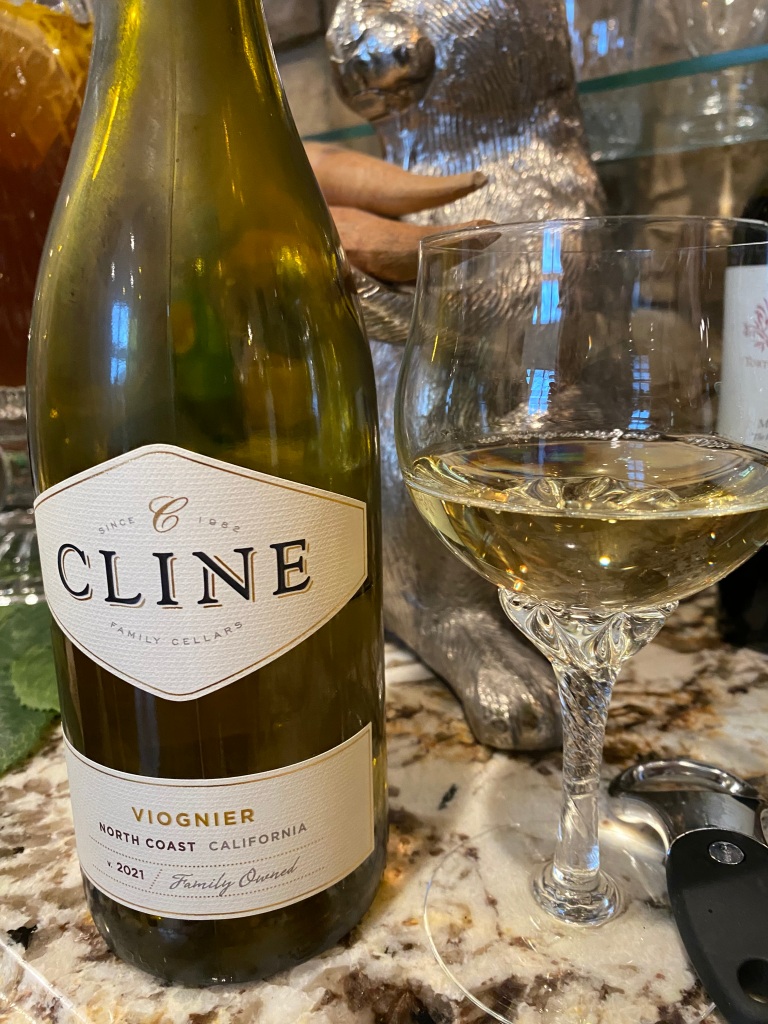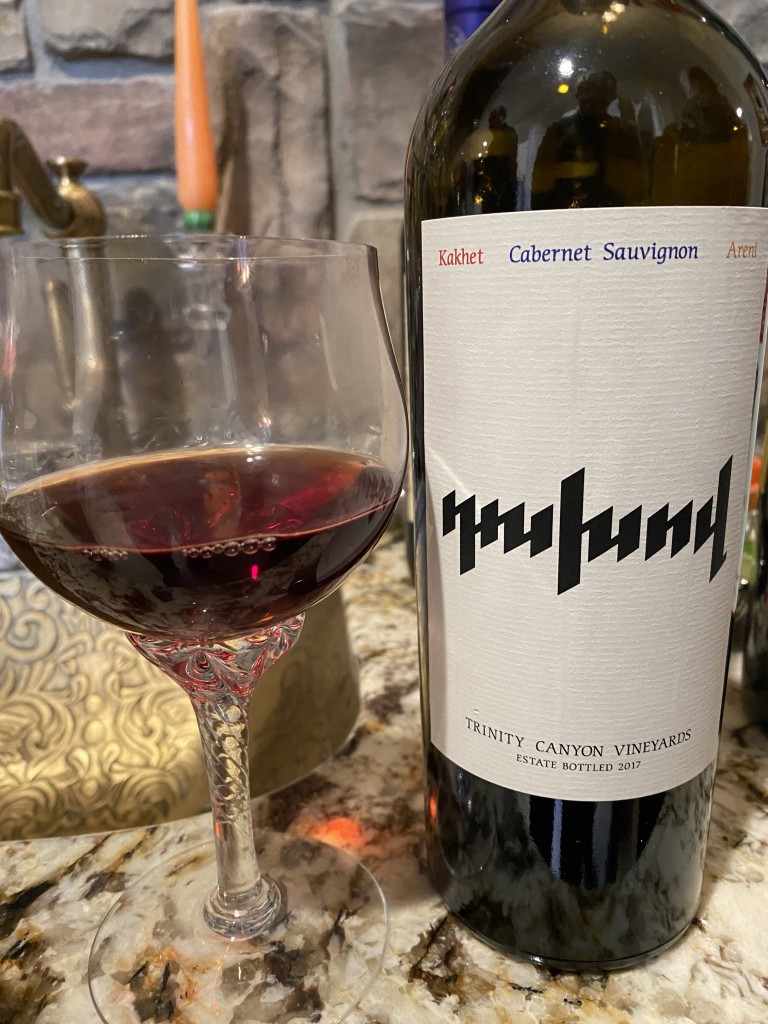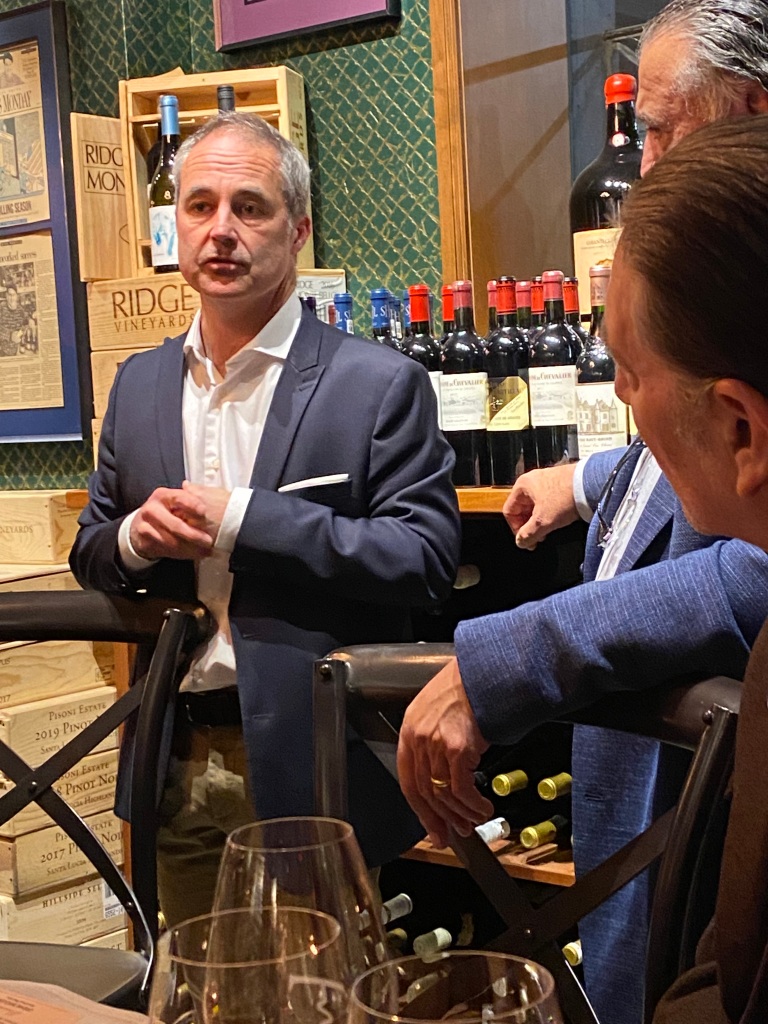My Bride must have had a premonition, because she started preparations for the dinner, a bit early, as we always have this discussion about the timeliness of the guests. I had just started my shower when the first of the company started arriving. My Bride was on her own, but she handled everything with poise and ease. I as my usual high-maintenance self, arrived downstairs after more of the guests arrived. I was both pleased and embarrassed, but I survived, as we were getting drinks and appetizers out. She had gone out earlier in the week to buy all of these ingredients to make a special cocktail that her one sister recently fell in love with, and she was a no show, because of her work. It happens, and I decided to show everyone a very cute Raconteur when he made an appearance as a Ring-bearer.

My Bride had started with assorted cheeses and crackers, and she also baked a Brie with Onion Jam, for a more savory finish. She made Deviled Eggs which I know for a fact is making a comeback, as I even see restaurants making them as appetizers. We also had shrimp with cocktail sauce, along with fruit plates and vegetable plates. She is always trying to make everyone eat healthy, and to me that is the antithesis of holiday meals, but what do I know. I guess even with the sister, that didn’t make it, some of the others wanted to sample the cocktail, so that kept my Bride busy, between courses. I started pouring Cline Family Cellars “Seven Ranchlands” Viognier North Coast 2021. Cline Family Cellars is a producer based in Carneros and known for Zinfandel and Rhone varieties and established in 1982 in Oakley. Fred Cline is one of the original Rhone Rangers of California. The “Seven Ranchlands” is a way of honoring both the seven children of the Cline family, and the seven vineyard ranches. The fruit for this wine is from the Catapult Ranch Vineyard in the Petaluma Gap, and the balance is from the Diamond Pile Vineyard at the base of the Wild Cat Mountain. The grapes are handpicked at night, where they are destemmed and pressed, and allowed to settle for forty-eight hours before racking. The Catapult portion was inoculated with wild yeast, while the Diamond Pile portion was allowed to ferment naturally in barrels. After fermentation, the wine was aged in neutral French Oak for six months before blending and bottling. This was a very soft colored white wine with notes of mango, guava, and pineapple. On the palate tones of dried apricots, pears, and banana in a full-bodied wine with nice acidity and a nice finish.

The dinner was focused on Roasted Pork Tenderloins, Breaded Chicken, and Broiled Salmon. We did have her original Caesar Salad, along with Armenian Pilaf (some of the nephews might do a coup d’etat if we didn’t have it), along with Fennel and Onions, Brussels Sprouts with Bacon, and a Scalloped Potato dish that also had Sweet Potatoes in the mixture. After dinner there was a huge assortment of desserts, pies, cakes, Paklava, Canolis and I am sure that I am missing something else. For dinner, I was a bit daring and selected Maison Paul Jaboulet Aine “Parallel 45” Cotes du Rhone 1996, knowing full well, that if there was a problem, I was sure to be able to find another bottle somewhere in the house. Paul Jaboulet Aine has been part of the Rhone Valley for almost two hundred years. In 1834, Antonie Jaboulet started with a small vineyard on the hills of Hermitage, and since then, it encompasses over one-hundred-hectares of vineyards from the northern to the southern part of the Rhone Valley. It was family owned until 2006 when it was purchased by the Franco-Swiss family of Jean-Jacques Frey; with holdings in Bordeaux, Burgundy, and the Valais. Parallel 45 is in the southern Rhone and named after the famous latitude that spans across France. The grounds are composed of clay, limestone and alluvial deposits and round pebbles. The grape varieties for this wine are Grenache, Syrah, Mourvedre, Marselan (which is a recent crossing of Grenache and Cabernet Sauvignon), and Carignan and the vines are now about forty years of age, so they were about ten years of age, when this wine was produced. The fruit is hand-harvested. The Syrah is vinified separately with maceration and soft extraction for about three weeks, while the other varieties are co-fermented with the Grenache for color and tannins. The wine was aged for six months in Stainless Steel vats on fine lees. The wine still had fruit. It had a deep red color with no apparent foxing and offered very subtle notes of red fruit and spices. On the palette there were tones of red fruit, soft blended tannins with a soft finish of terroir. After decanted into the glasses, there was still plenty left in the bottle of sediment and dregs and there were about four full pours of the wine. I am quite sure that almost all of the wines from the Nineties onward were all purchased and cellared immediately here, with only occasional jostling of the bottles during restocking exercises in futility as I would periodically attempt to keep up to date with the cellar.




























